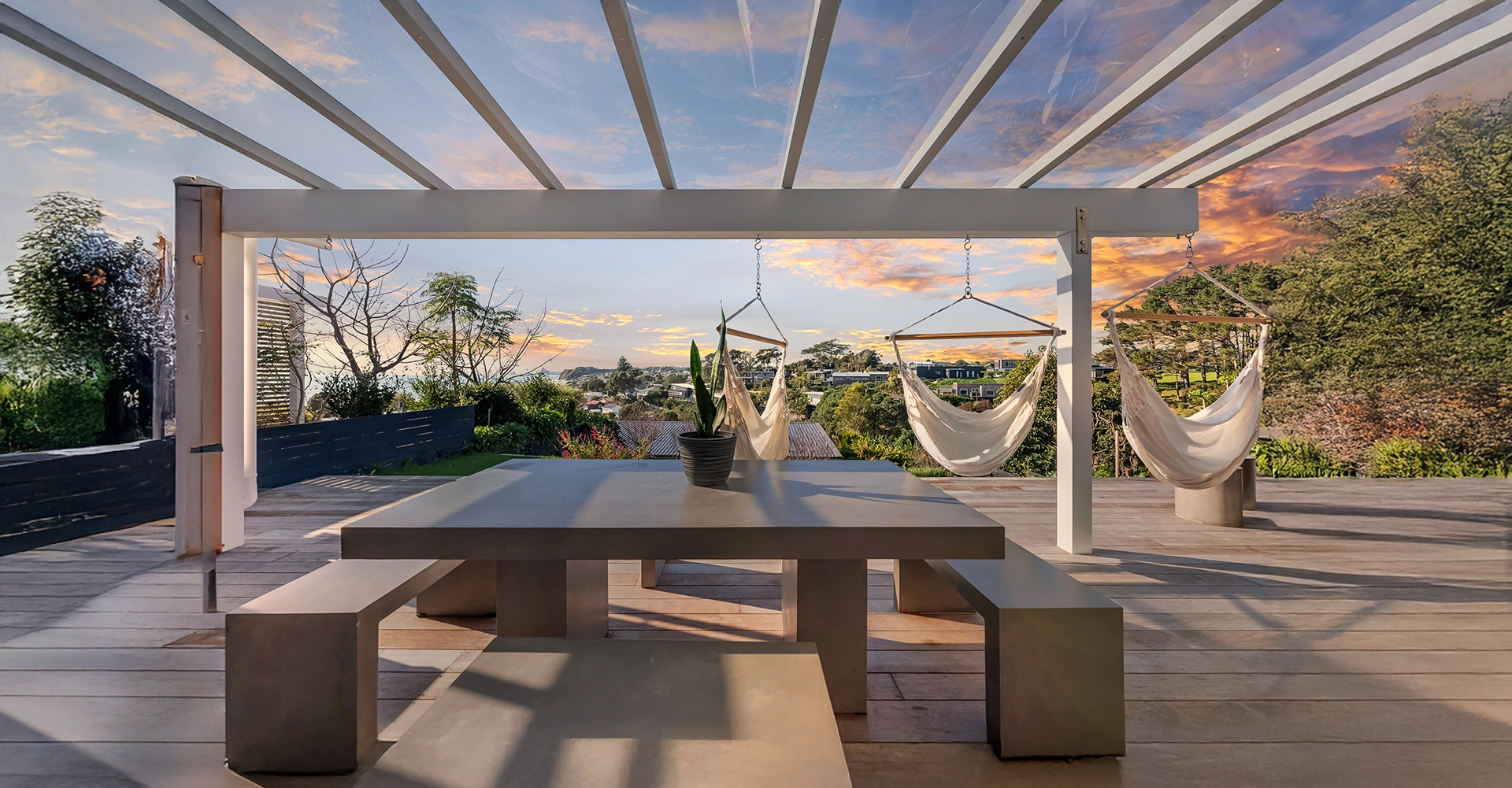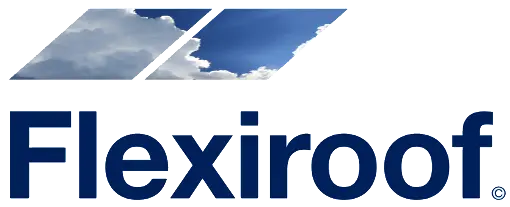
FAQ’s
NZ’s most sustainable aluminium.
Is Flexiroof waterproof?
Yes. Flexiroof’s patented Tiny Arch™ system channels water away naturally — no rubber seals, no silicone, and no holes drilled through the sheets. This design creates a continuous watertight surface that looks clean, stays quiet, and requires minimal maintenance.
How does Flexiroof perform in strong winds?
Exceptionally well. The Tiny Arch™ design and unique rafter-to-sheet locking system form a continuous structural connection that significantly reduces uplift. When installed to our specifications — including correct footings and fixings — Flexiroof is engineered to withstand wind pressures in accordance with NZS 3604:2011 up to Very High wind zones. That’s peace of mind for even the most exposed coastal and hilltop homes.
Will it make noise in storms?
Hardly at all. Because Flexiroof doesn’t rely on screws to fasten the sheets to the structure, there are no friction points that typically cause rattling or stress under load. The clamped Tiny Arch™ system allows the sheets to move naturally and silently with temperature or pressure changes, even in heavy wind and rain.
How does it cope with New Zealand’s harsh sun?
Beautifully. Flexiroof uses Eurolite 3™ 3 mm polycarbonate made in Brisbane — up to 250 × stronger than glass and fully UV-stabilised with 99.9% UVA & UVB protection on both sides. The sheets reduce heat by approximately 33% and visible light by 44%, helping create a cooler, brighter space below. Combined with our Tiny Arch™ system, the sheets expand and contract freely, so they won’t crack, groan, or leak over time.
Can Flexiroof handle heavy snow?
Yes. Flexiroof’s high-tensile 6061-T6 aluminium rafters and resilient polycarbonate panels are designed to flex under snow load and return to shape once it melts — maintaining both strength and integrity even over long spans.
Will it rust or corrode near the sea?
No. Every Flexiroof is built from marine-grade 6061-T6 aluminium and 316 stainless-steel fasteners — both chosen specifically for corrosion resistance in coastal environments. These materials won’t rust, peel, or degrade, which is why every Flexiroof is backed by a 15-year structural warranty.
What makes Flexiroof more sustainable?
Flexiroof is proudly NZ-made using aluminium extruded by McKechnie Aluminium, New Zealand’s only extruder with an in-house remelt casthouse. Each extrusion uses over 80% recycled content and produces a carbon footprint among the lowest globally, certified by Toitū carbonreduce and ISO 14001. Aluminium is infinitely recyclable with no loss of strength, and McKechnie’s process uses only 5–10 % of the energy required for virgin aluminium. Powder-coating and anodising are done locally under Dulux Prime and Interpon Gold Accredited standards — ensuring best-practice environmental performance from billet to finished product.
How long will my Flexiroof last?
A long time. Flexiroof’s materials and engineering are chosen for decades of service life, not just years. The combination of recycled 6061-T6 aluminium, Eurolite 3™ polycarbonate, and stainless fixings ensures enduring strength, clarity, and corrosion resistance — all supported by a 15-year warranty and the proven reliability of nearly 15 years of installations nationwide.
Delivery & Install
Do I need a permit?
In many cases, no. Structures up to 20 m² that are open-sided, attached to an existing building, and at ground level are generally exempt from building consent. Larger shelters (up to 30 m²) may also qualify if designed or reviewed by a Licensed Building Practitioner or Engineer.
Because local rules can vary, it’s best to speak with your local Flexiroof Agent or council for advice — we’re always here to help.
How long does it take to deliver / install?
Our shelters are made to order so we recommend contacting your local agent for lead times.


